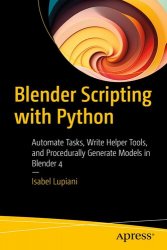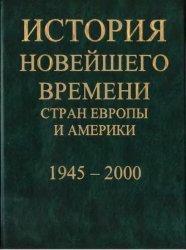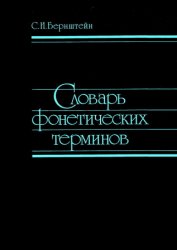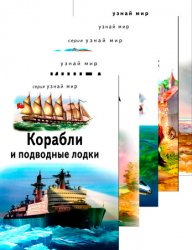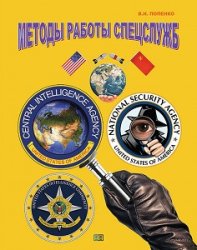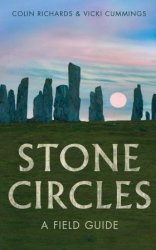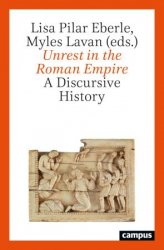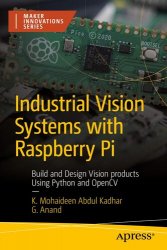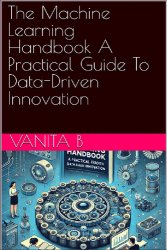 Название: Engineering Document Control, Correspondence and Information Management (Includes Software Selection Guide) for All
Название: Engineering Document Control, Correspondence and Information Management (Includes Software Selection Guide) for AllАвтор: Huw R. Grossmith
Издательство: Xlibris
Год: 2023
Страниц: 587
Язык: английский
Формат: pdf
Размер: 17.9 MB
The book is the Who, What, When, Where, How and, very importantly, Why of Engineering Document Control with related "metadata" management and includes a comprehensive software guide, and free Access based DC software tool (time limited) with examples and drills etc.
Since the late 1980’s, the introduction of computers has typically pushed the production of engineering documents from drafting board paper copies to electronic CAD system files. Document Control has also evolved from processing large volumes of paper to controlling many electronic files. Thrown into the mix is the evolution of Document Control from a manual card system into quite sophisticated database or web-based systems. The introduction of new technology has given some great advantages in how we conduct business, but Document Control has a number of very basic fundamentals that shouldn’t be ignored. The creation of documents, typically the project phase, is a about tracking the document through the approval stages and ensuring that it gets sent to all those who need copies. Maintenance of documents, typically the operations phase, is about the upkeep of controlled copies of latest revisions and control of the native files.
Over the last decade, Electronic Document Management Systems (EDMS) or Electronic Content Management (ECM) systems have become more prevalent in organisations and are aimed at the organisation, collaboration and retention of electronic files and records. Naturally these systems have also tried to encapsulate the engineering document files into this environment as well. What has not always been successful is the context of control around these documents; very few have managed to emulate the functions of document control system with things like transmittals, status and expediting reports.
Huw Grossmith has been transcended this change from paper to the electronic world and has witnessed firsthand some of the mistakes made as the industry and software developers have grappled with integrating document control into electronic enterprise systems. In this book, Huw will take you on a journey covering the fundamentals of document control, all of which have been well road-tested over the years and if followed will make your document control experience a successful enterprise. The tools provide by your organisation will influence HOW you will have to conduct your work, but the fundamentals of this book will give you the WHY.
Note that some organisations regard some documents such as Technical Queries, Requests for Information, Variations and Engineering Change Requests as correspondence. For the purposes of this book they are not they have to be responded to and this often requires the input of more than one member of the team. In some cases, especially where a Collaboration application is used – TeamBinder, InCite, Aconex among others, these types of Documents come as a pre-programmed form but it is still a document controller’s responsibility to activate a workflow to ensure they are responded to and/or are disseminated to those that need to know.
Smartsheet spreadsheets cannot be shared among users so unless you already have a pre-described and highly disciplined method of adding document reference numbers that is unique to each spreadsheet for documents then the risk of reference number duplication is very high. More recently I’ve noticed spreadsheets being shared or used at the same time in Sharepoint. My experience with this is not good. Basically SP/Excel makes 2 or more copies of the same sheet and then Excel tried to merge all the changes to one file. The problem I experienced is that this does not always work and one or more people could lose their work.
For non “Controlled Documents” the best method is to have a simple Access database which is integrated to SharePoint, Sharepoint alone may well be enough depending on the requirements necessary in your document profile. The database manages document profile and other data relative to the document and SharePoint manages the file(s).
For the purposes of practicals and to enhance your learning experience we will be using an MS Access/SQL based application called DrawCon. It can link to but not manage files and is not a collaboration tool nor does it have a correspondence system built-in but if necessary, correspondence can be registered in it – not actively encouraged.
Guidelines and Work Instructions are the most important document(s) in the hierarchy. To build or write a Guideline/Work Instruction the simplest methods are: Do a mind map on a whiteboard then convert it to a flowchart on a whiteboard then write dot points, KISS, to expand upon If you have it use, Camtasia or a similar tool, to make videos. This is best done with someone next to you who has limited knowledge of the subject matter. They can ask questions as you go, its actually quite difficult talking to yourself, and that person will force you to slow down.
Скачать Engineering Document Control, Correspondence and Information Management (Includes Software Selection Guide) for All
[related-news] [/related-news]
Комментарии 0
Комментариев пока нет. Стань первым!

